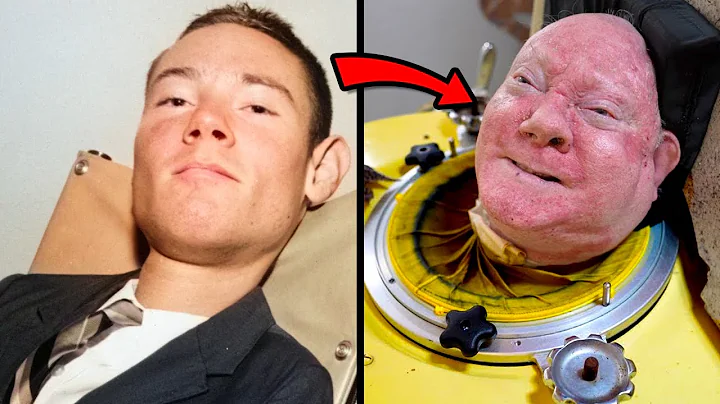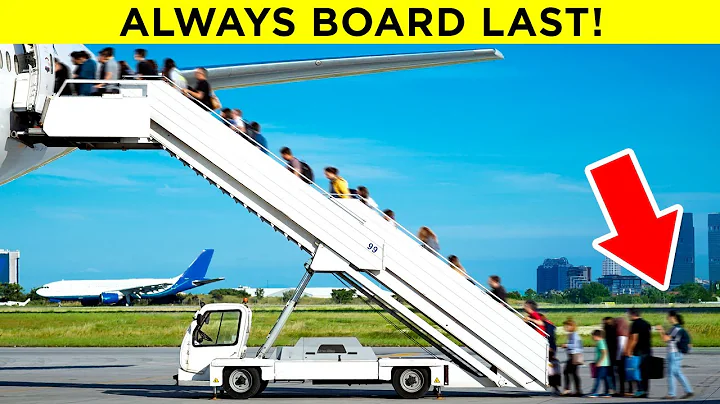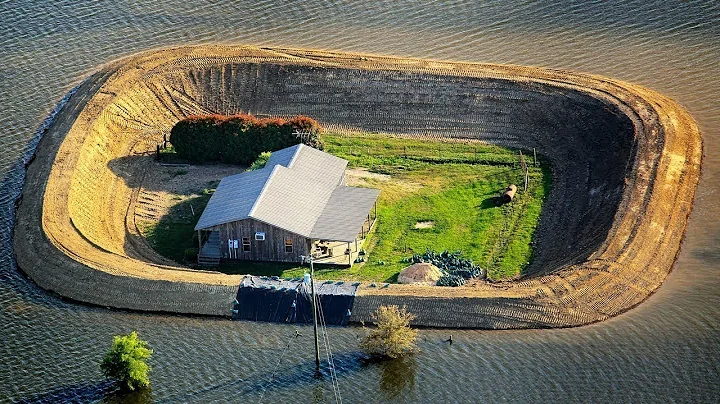
This spring, this war situation, is like this sky, this mountain, this water, this bridge. Although there are still scares, there is no danger anymore.
The Japanese Sixth Front Army stationed in the southwest began to withdraw gradually to the Northeast and North China. Behind them, Tang Enbo's Corps followed closely and implemented a strategic pursuit.
The Japanese army suffered a large number of casualties along the way, even the 3rd and 13th Divisions, which were the main forces, were no exception. The veterans have turned a blind eye to similar scenes. The worst ones are the 17-year-old young soldiers in the independent brigades who have just joined the army. They cannot accept the death or injury of their classmates and fellow villagers before and after them. Their spirits are on the verge of collapse, and they cry all the way through the retreat.
At this time, the Chinese High Command has formulated a general counterattack plan code-named "Iceman" and "White Tower". The Eighth Route Army, New Fourth Army and some Kuomintang troops on the battlefield behind enemy lines also launched local counterattacks. Victory is inevitable, but no one thought it would come so quickly.
Chennault once asserted that the Asian battlefield is different from the European battlefield, where the air force has the greatest room to play.
Since the end of 1944, the United States has launched strategic air strikes against Japan. In November of that year, more than a hundred B-29 bombers came to the skies over Tokyo. The spectacular sight of dumplings all over the world was enough to impress the Japanese.
However, this bombing still failed to achieve the effect the Allies were pursuing, and they still felt a little unhappy.
Combat requires mastery of astronomy and geography, and the same is true for air combat. Most of the houses in Japanese cities were made of wood, which inspired the Allies to adopt the traditional Chinese "fire attack" technique.
On March 9, 1945, the Flying Fortress visited Tokyo again. This time it was not a hundred, but three hundred. They were not ordinary bombs, but incendiary bombs.
Three thousand tons of incendiary bombs turned Tokyo into a sea of flames. One-fifth of the houses were burned down, and more than 70,000 people were burned to death.
html From March to July, except for Kyoto and other famous cultural cities, most cities in Japan "enjoyed" similar treatment. They were either bombed to the ground or burned down, and their appearance was even uglier than Zhu Bajie's old aunt.
On July 16, US President Harry Truman, who was attending the Potsdam Conference, received a domestic report and learned that a "special bomb" had been tested successfully, and authorized its release after the conference.
This time it will not be a quick touch, but a one-time shot through the heart. Just as the Potsdam Proclamation declared, Japan will either surrender or be destroyed.
On August 6, the US Air Force dropped a "special bomb" on Hiroshima.
was only one, but when it exploded, all the buildings in Hiroshima ceased to exist, and nearly 140,000 people were injured or killed.
A "special bomb" was so powerful that not only the people of Hiroshima, but also the Japanese high command were horrified, and the military experts sent to investigate lamented.
This is the legendary indestructible and invisible nuclear weapon - atomic bomb . Japan is actually already researching and trial-producing it, but it only allows the United States to get ahead.
Before the Japanese could recover, three days later, the second atomic bomb fell on Nagasaki.
The two atomic bombs played the role of terminator. The Japanese high command finally understood that "surrender or destruction" was by no means a casual saying. The Allies did not need to land on the coast of China or Japan, and could defeat Japan through a decisive air battle. Three islands were completely wiped off the map.
On August 15, Emperor Hirohito, who had been "torn to pieces" by the atomic bomb, issued an armistice edict.
In addition to the empty Kwantung Army which has been eliminated by the Soviet army, the " China Dispatch Army " in the Kwantung region obeyed the order and surrendered unconditionally to the Chinese government. Before that, their failure and destruction was only a matter of time.
The life-and-death showdown between one oriental nation and another oriental nation finally has its final outcome.
Excerpted from "One Inch of Rivers and Mountains, One Inch of Blood 5 History is Immortal" by Guanhe Fifty States






















